Non-Detroit Three Automakers Already Sell More Cars in North America, and Soon They'll Make More

Detroit’s dominance in the domestic automotive sphere continues to erode. Whereas the manufacturing hub, home to Ford, General Motors, and Fiat Chrysler Automobiles, once churned out the bulk of vehicles built — and sold — in the United States, times have changed.
The former Big Three automakers no longer hold the majority market share in the U.S. (in 2016 it was 44.9 percent), necessitating a name demotion to “Detroit Three.” From Silicon Valley to the Midwest and South, a diverse group of automakers is busily assembling cars and SUVs for a population with very wide-ranging tastes. We’ve long since become used to the idea that many Hyundais now hail from Alabama, several Subarus come from Indiana, Honda models grow in Ohio, and BMWs arrive from South Carolina with a Southern drawl.
Now, one industry watcher claims the Detroit Three won’t even finish the year as the majority builder of North American-made vehicles.
According to IHS Markit, Detroit will soon hand over the crown to its domestic and foreign rivals, Bloomberg reports.
In a briefing held today on the outskirts of that city, IHS Markit analyst Joe Langley predicted a total of 8.6 million vehicles produced in North America by Ford, GM, and FCA in 2017, just a hair below the 8.7 million vehicles forecasted for all other manufacturers. The rival group includes Tesla, as well as German, Japanese, and Korean automakers.
With several automakers — Toyota, Mercedes-Ben z, and Volvo, for example — announcing production expansions in just the past week, the gap will only grow after this year’s anticipated turning point. It’s truly Detroit vs. Everybody, and everybody’s winning. By 2024, IHS Markit seed the Detroit Three building 8.1 million vehicles in North America, compared to 9.8 million units assembled by the competition.
It’s been a long time coming. After the disappearance of such automakers as Studebaker, Packard, and Kaiser in the 1950s and ’60s, as well as the purchase of AMC by Chrysler in the 1980s, Detroit’s production dominance soon sprouted cracks. Japanese manufacturers arrived on masse in the ’80s, setting up shop in states unfriendly to the United Auto Workers. The Germans and Koreans eventually followed.
Since the recession, all three Detroit automakers have begun looking outward for opportunities, hoping to gain market share outside North America’s borders. At the same time, the number of models sent to Mexico for low-cost production has increased, all in the interest of profitability.
Unfortunately for the Detroit Three, Mexico has also welcomed other manufacturers with open arms.
[Image: Bryan Debus/ Flickr]

More by Steph Willems
Latest Car Reviews
Read moreLatest Product Reviews
Read moreRecent Comments
- Turbo Is Black Magic My wife had one of these back in 06, did a ton of work to it… supercharger, full exhaust, full suspension.. it was a blast to drive even though it was still hilariously slow. Great for drive in nights, open the hatch fold the seats flat and just relax.Also this thing is a great example of how far we have come in crash safety even since just 2005… go look at these old crash tests now and I cringe at what a modern electric tank would do to this thing.
- MaintenanceCosts Whenever the topic of the xB comes up…Me: "The style is fun. The combination of the box shape and the aggressive detailing is very JDM."Wife: "Those are ghetto."Me: "They're smaller than a Corolla outside and have the space of a RAV4 inside."Wife: "Those are ghetto."Me: "They're kind of fun to drive with a stick."Wife: "Those are ghetto."It's one of a few cars (including its fellow box, the Ford Flex) on which we will just never see eye to eye.
- Oberkanone The alternative is a more expensive SUV. Yes, it will be missed.
- Ajla I did like this one.
- Zerofoo No, I won't miss this Chevrolet Malibu. It's a completely forgettable car. Who in their right mind would choose this over a V8 powered charger at the rental counter? Even the V6 charger is a far better drive.



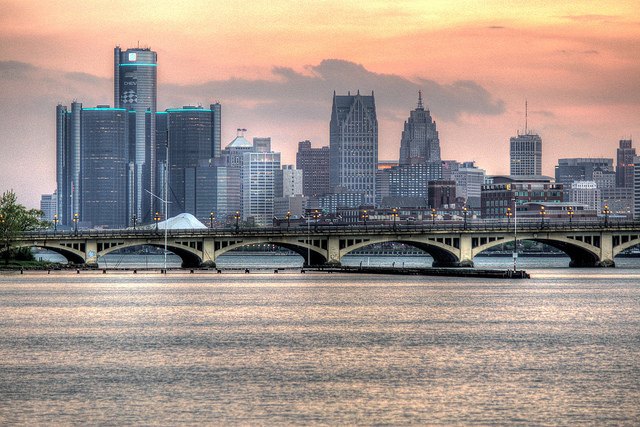















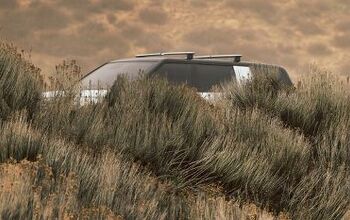
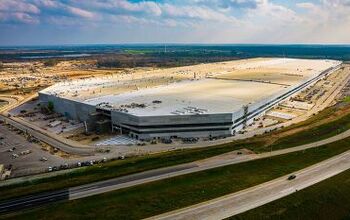
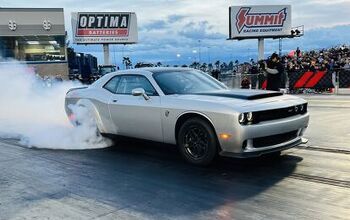
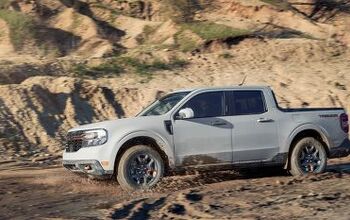
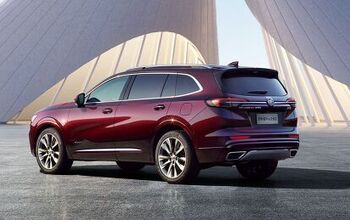

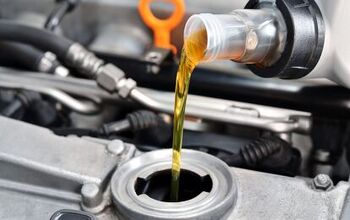
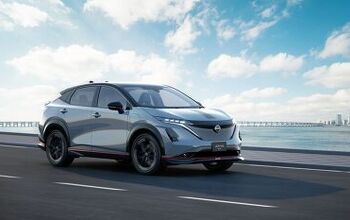
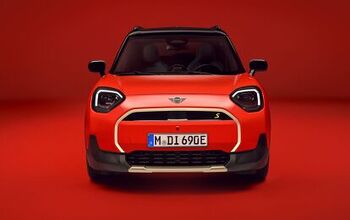
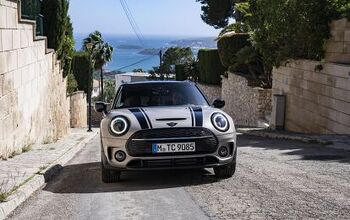
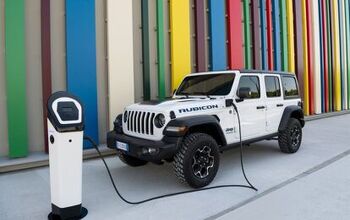

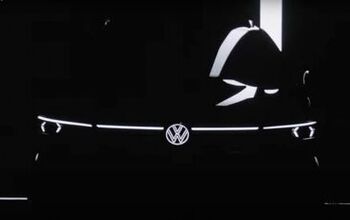
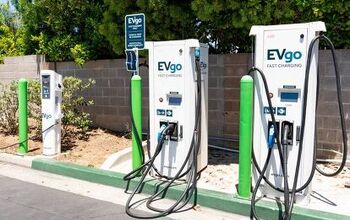
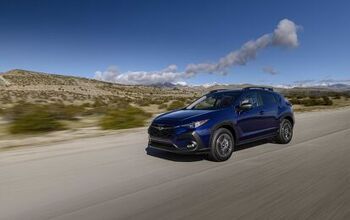
Comments
Join the conversation
I couldn't care any less about who makes cars in North America or in what quantity. I do care about who makes cars in the United States of America. Lets see those numbers, and only those numbers. I suspect it will just go to show the UAW three to be even further behind other US employers.
Just for perspective: GM, at its peak, had something approaching 50% market share.